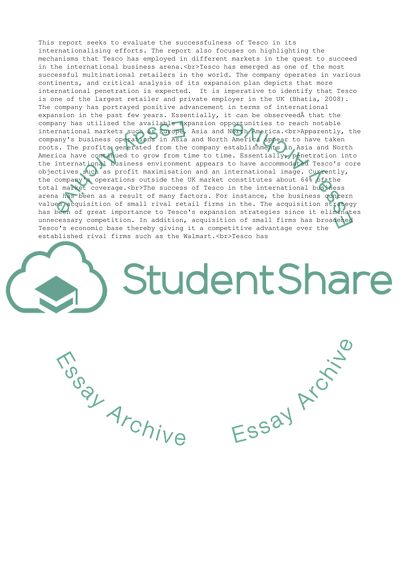Cite this document
(Not Found (#404) - StudentShare, n.d.)
Not Found (#404) - StudentShare. https://studentshare.org/business/1876999-tesco
Not Found (#404) - StudentShare. https://studentshare.org/business/1876999-tesco
(Not Found (#404) - StudentShare)
Not Found (#404) - StudentShare. https://studentshare.org/business/1876999-tesco.
Not Found (#404) - StudentShare. https://studentshare.org/business/1876999-tesco.
“Not Found (#404) - StudentShare”. https://studentshare.org/business/1876999-tesco.


